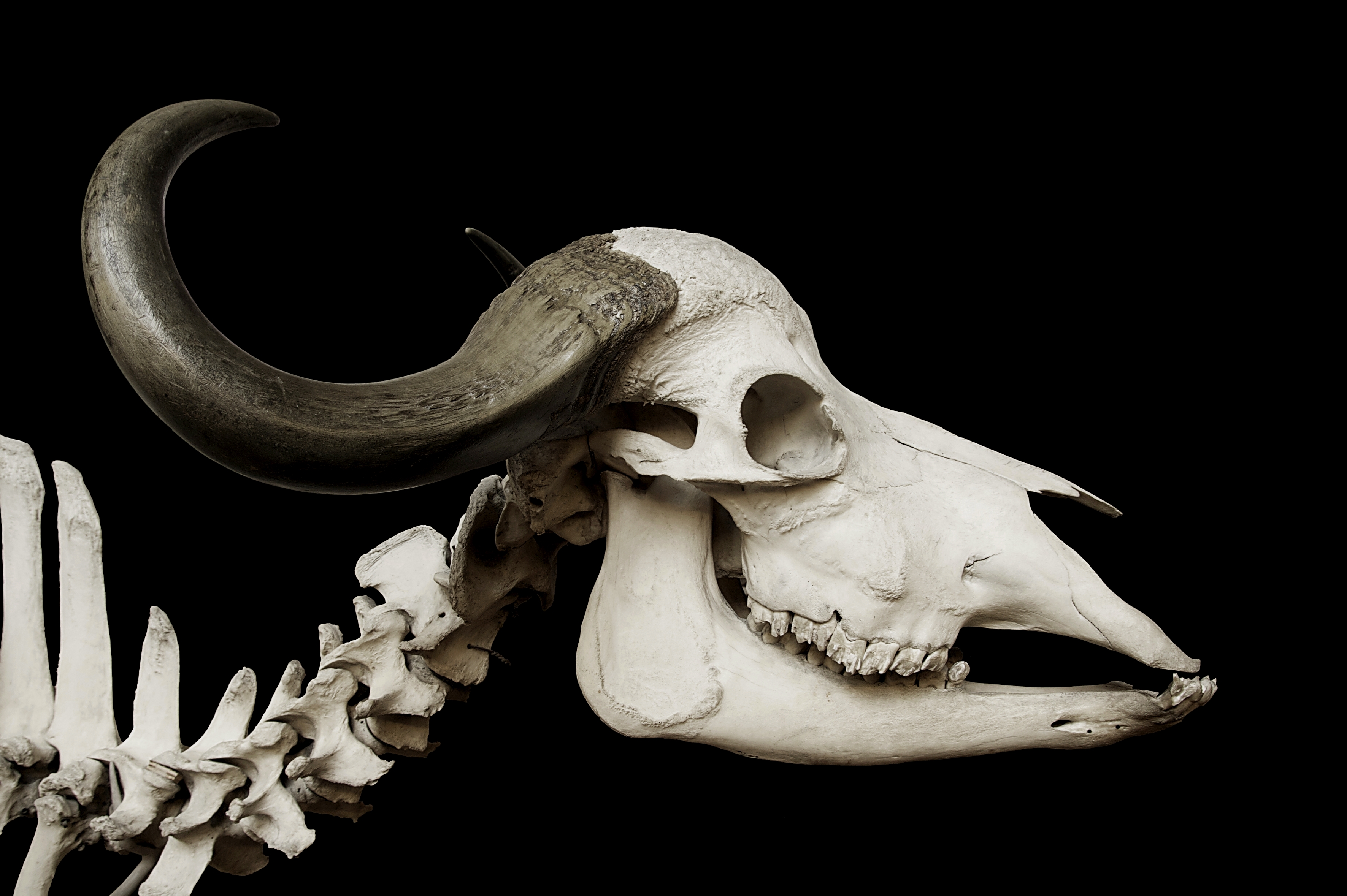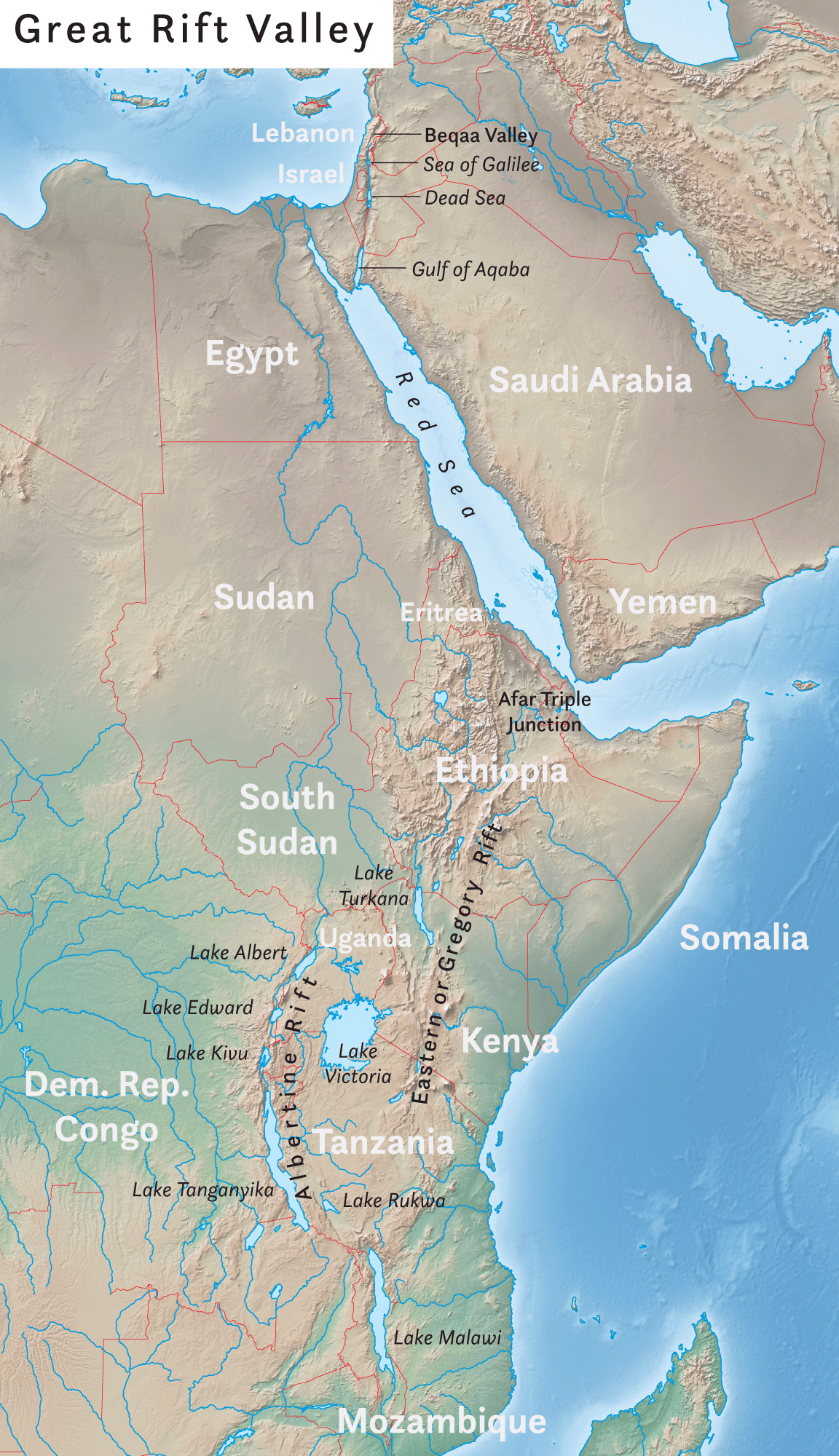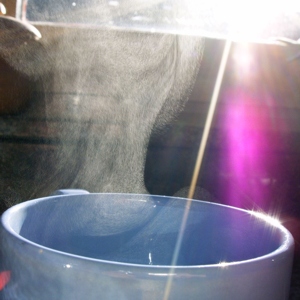|
Lake Kenyatta
Lake Kenyatta, also Lake Mukunganya, is a lake in Lamu County, in southeastern Kenya. Location The lake is located in Lamu County, approximately , southwest of the town of Mpeketoni. (est. pop. 50,000 in 2015). This is approximately , by road, southwest of the port city of Lamu. The coordinates of the lake are: 2°24'45.0"S, 40°40'53.0"E (Latitude:-2.412494; Longitude:40.681396). Fauna The lake supports herds of hippopotami, zebra, monkeys, waterbuck, buffalo and warthog. Also, a large number of wild birds are found here. Silting Due to encroachment from the rapidly increasing population in Mpeketoni, the lake is shrinking as a result of (a) silting (b) humans invading its wetlands (c) drilling of many boreholes in the catchment area and (d) invasion by large herds of domestic cattle. See also * Rift Valley lakes The Rift Valley lakes are a series of lakes in the East African Rift valley that runs through eastern Africa from Ethiopia in the north to Malawi in the sout ... [...More Info...] [...Related Items...] OR: [Wikipedia] [Google] [Baidu] |
Fresh Water
Fresh water or freshwater is any naturally occurring liquid or frozen water containing low concentrations of dissolved salt (chemistry), salts and other total dissolved solids. The term excludes seawater and brackish water, but it does include non-salty mineral water, mineral-rich waters, such as chalybeate springs. Fresh water may encompass frozen water, frozen and meltwater in ice sheets, ice caps, glaciers, snowfields and icebergs, natural precipitations such as rainfall, snowfall, hail/ice pellets, sleet and graupel, and surface runoffs that form inland bodies of water such as wetlands, ponds, lakes, rivers, streams, as well as groundwater contained in aquifers, subterranea (geography), subterranean subterranean river, rivers and underground lake, lakes. Water is critical to the survival of all living organisms. Many organisms can thrive on salt water, but the great majority of vascular plants and most insects, amphibians, reptiles, mammals and birds need fresh water to sur ... [...More Info...] [...Related Items...] OR: [Wikipedia] [Google] [Baidu] |
African Buffalo
The African buffalo (''Syncerus caffer)'' is a large sub-Saharan African bovine. The adult African buffalo's horns are its characteristic feature: they have fused bases, forming a continuous bone shield across the top of the head, referred to as a "boss". The African buffalo is more closely related to other buffalo species than it is to other bovids such as American bison or domestic cattle, with its closest living relative being the Asian water buffalo. Its unpredictable temperament may be part of the reason that the African buffalo has never been domesticated, which would also explain why the African buffalo has no domesticated descendants, unlike the wild yak and wild water buffalo which are the ancestors of the Yak, domestic yak and water buffalo. Natural predators of adult African buffaloes include lions, African wild dogs, spotted hyenas, and Nile crocodiles. As one of the Big Five game animals, the Cape buffalo is a sought-after trophy in hunting. Description The Afri ... [...More Info...] [...Related Items...] OR: [Wikipedia] [Google] [Baidu] |
Lake Kenyatta
Lake Kenyatta, also Lake Mukunganya, is a lake in Lamu County, in southeastern Kenya. Location The lake is located in Lamu County, approximately , southwest of the town of Mpeketoni. (est. pop. 50,000 in 2015). This is approximately , by road, southwest of the port city of Lamu. The coordinates of the lake are: 2°24'45.0"S, 40°40'53.0"E (Latitude:-2.412494; Longitude:40.681396). Fauna The lake supports herds of hippopotami, zebra, monkeys, waterbuck, buffalo and warthog. Also, a large number of wild birds are found here. Silting Due to encroachment from the rapidly increasing population in Mpeketoni, the lake is shrinking as a result of (a) silting (b) humans invading its wetlands (c) drilling of many boreholes in the catchment area and (d) invasion by large herds of domestic cattle. See also * Rift Valley lakes The Rift Valley lakes are a series of lakes in the East African Rift valley that runs through eastern Africa from Ethiopia in the north to Malawi in the sout ... [...More Info...] [...Related Items...] OR: [Wikipedia] [Google] [Baidu] |
List Of Rivers Of Kenya
This is a very short list of rivers in Kenya.For a list of more than 3,800 rivers of Kenya, see :sw:Mito ya Kenya This list is arranged by drainage basin, with respective tributaries indented under each larger stream's name. Mediterranean Sea *''Nile'' **''White Nile'' ***''Victoria Nile (Uganda)'' ****Lake Victoria ***** Nzoia River ***** Yala River ***** Nyando River ***** Sondu River (Miriu River) ***** Awach River ****** Itare River ***** Kitare River (South Awach River) ***** Gucha River (Kuja River) ****** Migori River ****** Riana River ****** Mogonga River *****Mara River Lake Turkana * Suguta River * Kerio River * Lokichar River (Lomenyangaparat) * Turkwel River ** Suam River ** Omo River ** Turkwel River Lake Baringo * Olarabel River (Ngusero River) * Molo River ** Perkerra River * Njoro River Lake Naivasha * Gilgil River * Malewa River ** Turasha River (Kija river) Lake Natron * Southern Ewaso Ng'iro ** Seyabei River Indian Ocean * Jubba River (Somalia) * ... [...More Info...] [...Related Items...] OR: [Wikipedia] [Google] [Baidu] |
Rift Valley Lakes
The Rift Valley lakes are a series of lakes in the East African Rift valley that runs through eastern Africa from Ethiopia in the north to Malawi in the south, and includes the African Great Lakes in the south. These include some of the world's oldest lakes, List of lakes by depth, deepest lakes, List of lakes by area, largest lakes by area, and List of lakes by volume, largest lakes by volume. Many are freshwater ecoregions of great biodiversity, while others are soda lake, alkaline "soda lakes" supporting highly specialised organisms. The Rift Valley lakes are well known for the evolution of at least 800 cichlid fish species that live in their waters. More species are expected to be discovered. The World Wide Fund for Nature has designated these lakes as one of its Global 200 priority ecoregions for conservation. Geology Lake Malawi and Lake Tanganyika have formed in the various valleys of the East African Rift zone. Lake Kivu's "still waters ... hide another face: dissolved ... [...More Info...] [...Related Items...] OR: [Wikipedia] [Google] [Baidu] |
AllAfrica
''allAfrica'' is a website that aggregates and produces news primarily on the African continent about all areas of African life, politics, issues and culture. It is owned by AllAfrica Global Media, a multi-media content service provider and the largest distributor of African news worldwide. The website operates from offices in Cape Town, Dakar, Abuja, Monrovia, Nairobi Nairobi is the Capital city, capital and largest city of Kenya. The city lies in the south-central part of Kenya, at an elevation of . The name is derived from the Maasai language, Maasai phrase , which translates to 'place of cool waters', a ... and Washington, D.C. AllAfrica is the successor to Africa News Service. Its stories can be displayed by categories and subcategories such as country, region, and by news topic. In 2008, AllAfrica rolled out a comment board system. The website is available in both English and French. It has the contents of 127 contemporary African newspapers, and news feeds from se ... [...More Info...] [...Related Items...] OR: [Wikipedia] [Google] [Baidu] |
The Star (Kenya)
''The Star'' is a daily newspaper published in Nairobi, Kenya. It was launched in July 2007 as the ''Nairobi Star'' and later rebranded as ''The Star'' in 2009. ''The Stars circulation was around 15,000–20,000 in 2010 (against total Kenyan newspaper circulation in 2010 of around 320,000), compared to 5,000–8,000 in 2007.Open Society Foundations Open Society Foundations (OSF), formerly the Open Society Institute, is an American grantmaking network founded by business magnate George Soros. Open Society Foundations financially supports civil society groups around the world, with the s ..., 5 February 2013Mapping Digital Media: Kenya pp. 19–20. The paper first made a profit in September 2009. See also * List of newspapers in Kenya References External links * Newspapers published in Kenya Newspapers established in 2007 Kenyan companies established in 2007 {{Africa-newspaper-stub ... [...More Info...] [...Related Items...] OR: [Wikipedia] [Google] [Baidu] |
Warthog
''Phacochoerus'' is a genus in the family Suidae, commonly known as warthogs (pronounced ''wart-hog''). They are pigs who live in open and semi-open habitats, even in quite arid regions, in sub-Saharan Africa. The two species were formerly considered conspecific under the scientific name ''Phacochoerus aethiopicus'', but today this is limited to the desert warthog, while the best-known and most widespread species, the common warthog (or simply warthog), is ''Phacochoerus africanus''. Description left, Skull Although covered in bristly hairs, a warthog's body and head appear largely bare, from a distance, with only a crest of hair along the back and the tufts on the face and tail being obvious. The English name "wart"-hog refers to their facial wattles, which are particularly distinct in males. The males also have very prominent tusks, which reach a length of ; females' tusks are always smaller.Novak, R. M. (editor) (1999). ''Walker's Mammals of the World.'' Vol. 2. 6th editio ... [...More Info...] [...Related Items...] OR: [Wikipedia] [Google] [Baidu] |
Waterbuck
The waterbuck (''Kobus ellipsiprymnus'') is a large antelope found widely in sub-Saharan Africa. It is placed in the genus ''Kobus (antelope), Kobus'' of the family Bovidae. It was first Scientific description, described by Irish naturalist William Ogilby in 1833. Its 13 subspecies are grouped under two varieties: the common or ellipsiprymnus waterbuck and the defassa waterbuck. Their coat colour varies from brown to grey. The long, spiral horn (anatomy), horns, present only on males, curve backward, then forward, and are long. Waterbucks are rather sedentary in nature. As gregarious animals, they may form herds consisting of six to thirty individuals. These groups are either nursery herds with females and their offspring or bachelor herds. Males start showing territorial behaviour from the age of five years, but are most dominant from six to nine. The waterbuck cannot tolerate dehydration in hot weather, and thus inhabits areas close to sources of water. Predominantly a grazer ... [...More Info...] [...Related Items...] OR: [Wikipedia] [Google] [Baidu] |
Evaporation
Evaporation is a type of vaporization that occurs on the Interface (chemistry), surface of a liquid as it changes into the gas phase. A high concentration of the evaporating substance in the surrounding gas significantly slows down evaporation, such as when humidity affects rate of evaporation of water. When the molecules of the liquid collide, they transfer energy to each other based on how they collide. When a molecule near the surface absorbs enough energy to overcome the vapor pressure, it will escape and enter the surrounding air as a gas. When evaporation occurs, the energy removed from the vaporized liquid will reduce the temperature of the liquid, resulting in evaporative cooling. On average, only a fraction of the molecules in a liquid have enough heat energy to escape from the liquid. The evaporation will continue until an equilibrium is reached when the evaporation of the liquid is equal to its condensation. In an enclosed environment, a liquid will evaporate unt ... [...More Info...] [...Related Items...] OR: [Wikipedia] [Google] [Baidu] |
Monkey
Monkey is a common name that may refer to most mammals of the infraorder Simiiformes, also known as simians. Traditionally, all animals in the group now known as simians are counted as monkeys except the apes. Thus monkeys, in that sense, constitute an incomplete paraphyletic grouping; alternatively, if apes (Hominoidea) are included, ''monkeys'' and ''simians'' are synonyms. In 1812, Étienne Geoffroy grouped the apes and the Cercopithecidae group of monkeys together and established the name Catarrhini, "Old World monkeys" ("''singes de l'Ancien Monde''" in French). The extant sister of the Catarrhini in the monkey ("singes") group is the Platyrrhini (New World monkeys). Some nine million years before the divergence between the Cercopithecidae and the apes, the Platyrrhini emerged within "monkeys" by migration to South America likely by ocean. Apes are thus deep in the tree of extant and extinct monkeys, and any of the apes is distinctly closer related to the Cercopith ... [...More Info...] [...Related Items...] OR: [Wikipedia] [Google] [Baidu] |
Zebra
Zebras (, ) (subgenus ''Hippotigris'') are African equines with distinctive black-and-white striped coats. There are three living species: Grévy's zebra (''Equus grevyi''), the plains zebra (''E. quagga''), and the mountain zebra (''E. zebra''). Zebras share the genus '' Equus'' with horses and asses, the three groups being the only living members of the family Equidae. Zebra stripes come in different patterns, unique to each individual. Several theories have been proposed for the function of these patterns, with most evidence supporting them as a deterrent for biting flies. Zebras inhabit eastern and southern Africa and can be found in a variety of habitats such as savannahs, grasslands, woodlands, shrublands, and mountainous areas. Zebras are primarily grazers and can subsist on lower-quality vegetation. They are preyed on mainly by lions, and typically flee when threatened but also bite and kick. Zebra species differ in social behaviour, with plains and mountain z ... [...More Info...] [...Related Items...] OR: [Wikipedia] [Google] [Baidu] |





